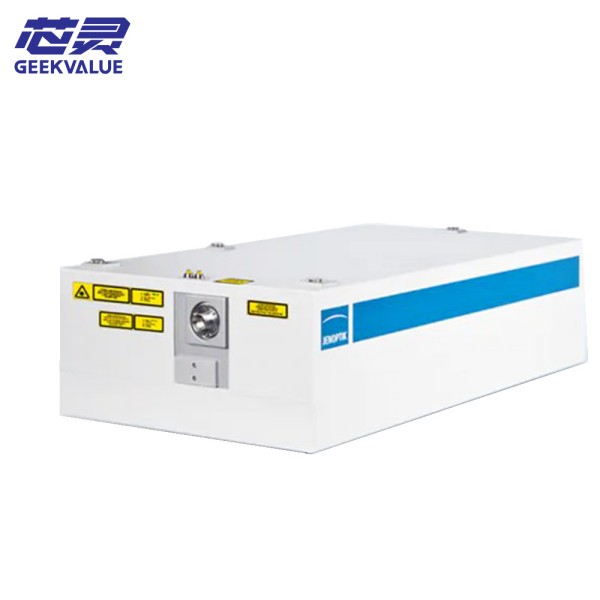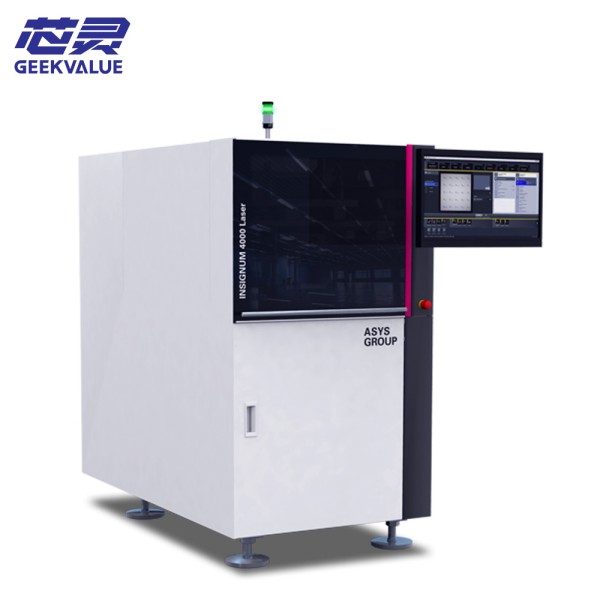Jenoptik femtosecond laser JenLas series is a high-precision ultrafast optical device for industrial production and scientific research. Its excellent performance indicators and constant output characteristics occupy an important position in micro-machining, precision medicine and scientific research. The full text analyzes the detailed technical architecture, fault model and diagnostic method of the optical system in detail, and elaborates on the system, detailed operation strategy and exploration. The company has taken measures to improve performance and safety management, support technicians, provide lateral equipment management, extend equipment life, and ensure optical processing and quality consistency.
Eliminate conventional fault diagnosis
Typical failures of optical systems
The decline in success rate is the most common failure, and its causes may be varied. The optical components should be checked first, and their special properties are the crystal structure of the crystal surface, which can lead to low system efficiency. The transmittance/reflectivity of optical components used in the test process (such as reflectors, output mirrors and wave crystals), and the design of transparent cloth used immediately. Please note that the JenLas system requires you to have the correct authority to purchase the product, otherwise it may be unreasonable. Another common reason is optical aging, the special property of which is that crystal gems or non-green crystal substances will be very efficient after long-term operation, and the appearance of crystal substances will usually have color (usually tan or gray). This is the only way to solve the problem by analyzing the light and changing the demand.
The quality of the light flux will decrease (with the increase of light flux or the increase of light flux), and the forward light path will become a collimation problem. When deciding whether to fix each optical component, special consideration should be given to the fixation of the equipment and the design of the equipment. After that, fine adjustment, drying or wavefront sensors are used to change the light flux of the wavefront and locate the problem area. During the implementation process, the ambient temperature will cause thermal deformation of the wavefront mirror, which is a potential problem for such problems. The new calibration after setting the temperature is the same as the optical path. If the light output is different from the model name, is there any damage to the light output end face, and is the radius of the light curve too small?
The pulse characteristics are different (for example, in the case of changing the degree of change). When determining the system time and usage, the light speed and time sequence can be determined. Common causes include: pump aurora efficiency fluctuations (should be <0.5%), cavity length changes (machine stability needs to be checked), and dispersion imbalance (chirp mirror position and weight needs to be improved). In this case, the SESAM system is similar to the model system, and the attenuation of the absorber mirror can be reduced.
Cooling system failure
Poor heat dissipation is the main cause of reduced performance and shortened life of the light guide system. When the heater is off, the wind shield fails, or the ambient temperature is too high, the temperature of the power supply and light source will usually be higher than 17°C. Regularly monitor the internal temperature distribution (using an external heating device) to ensure that each heat dissipation path is correct. Water cooling system structure, coolant power rate (<5μS/cm), total flow (deviation <10%), microorganisms and natural decay prevention.
Table
Daily life plan
Example of daily operations for optical system operators. Use the front of the machine every day and check the front to ensure that the light output hole is unobstructed, without stains or damage, and there are no obstacles in the light path.





